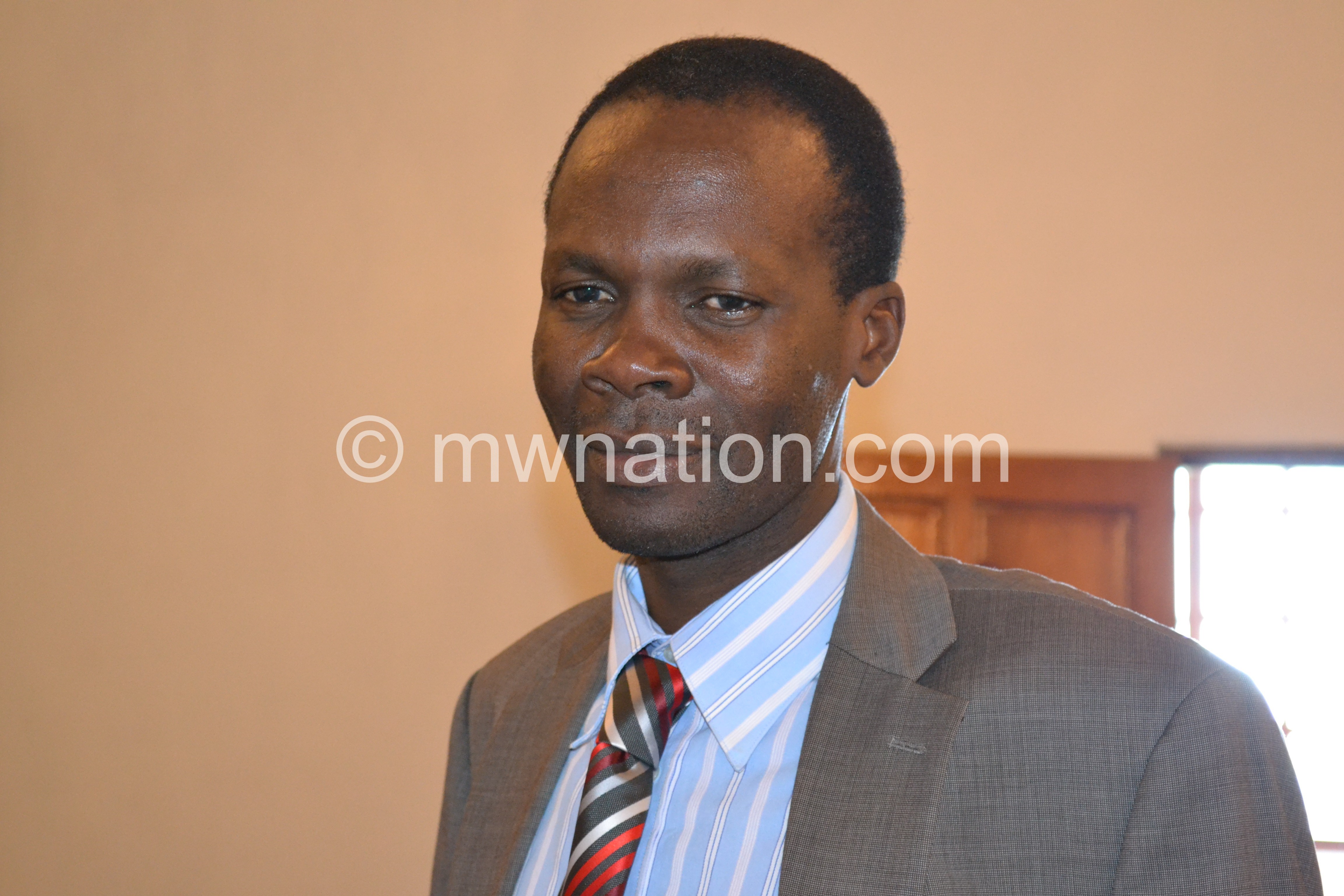Disbursements push-up external debt

Reserve Bank of Malawi (RBM) has attributed the increase in the country’s external debt to disbursements from the International Development Association (IDA), Export and Import Bank of India and African Development Fund (ADF).
The central bank, in its second quarter financial and economic report, said the external debt stock at the end of the second quarter increased by 3.2 percent to about $1.54 billion (K752 billion) compared to $1.49 billion (K745 billion) in the preceding quarter.
The rise in foreign debt may result in the country paying more through interests and forego basic services.
According to the RBM, the debt from multilateral creditors accounted for 72.6 percent of the total while bilateral debt constituted 27.4 percent.
Against a backdrop of the continued depreciation of the kwacha, the value may rise further and push up interest payments.
In this financial year, government has estimated that taxpayers will pay K80.4 billion—slightly over 10 percent of this year’s K737 billion budget—in debt interest.
However, regardless of the increase, the external debt to gross domestic product (GDP) ratio, an indicator of how stressed an economy is, did not change and was stuck at 27.6 percent.
But faced with uncertain donor support and a wide budget deficit, government said it would borrow more from external sources rather than from local sources to avoid high interest rates crowding out the private sector, which would consequently subdue economic performance.
Earlier, Ministry of Finance, Planning and Economic Development said government expects aid from multilateral donors in the third or fourth quarters of this year’s financial year.
Treasury spokesperson Nations Msowoya said government will continue to be cautious with borrowing to avoid debt crisis and will remain committed to borrowing concessionally with Malawi’s first choice being to access grants where government is not required to repay the loan.
In 2006, Malawi received debt relief under the Heavily Indebted Poor Countries (Hipc) Multilateral Debt Relief Initiative (MDRI) in which $2.8 billion (about K1.4 trillion, at the current exchange rate) debt was reduced to $486 million (about K237 billion), a move that was meant to prompt savings by the Malawi government.
However, Msowoya said government is making the savings because Malawi is not required to budget for the repayment of the loans that were cancelled under Hipc and in return government has invested these resources into pro-poor activities like increased allocation to education.




